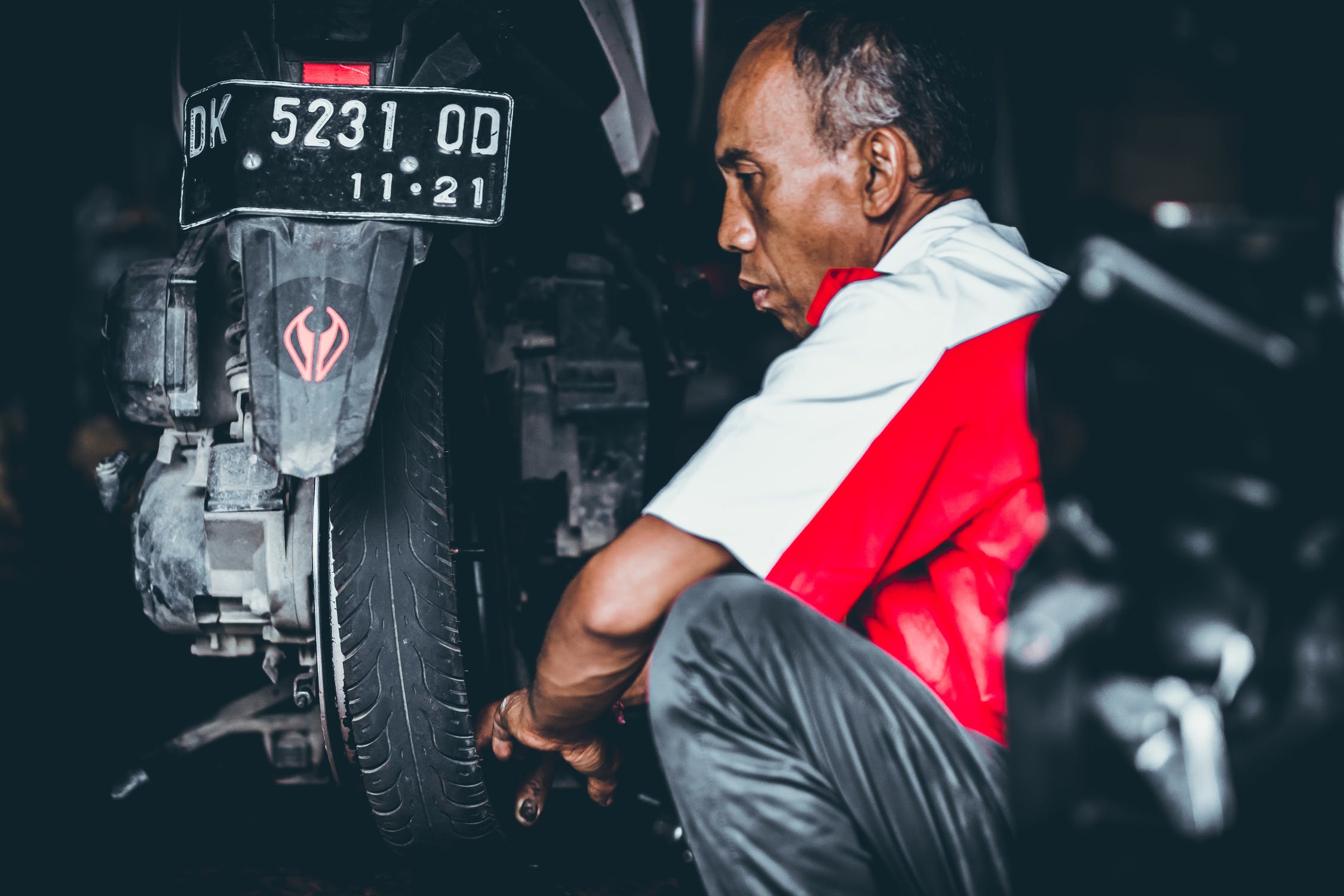A standard tire comprises several parts, such as the body plies, steel belts, beads, and sipes. Once a tire-making machine has assembled these components, a tire’s rough size and form begin to take shape. However, the tire is just featureless rubber because the various components aren’t securely held together yet. Next, the tread patterns that provide tire traction are fixed onto the tire by running it through a curing machine. The curing machine functions like a waffle iron as it molds the traction patterns and markings onto tires. The heat generated from this process also allows for the fusion of the tire’s components. This process is known as vulcanization and is followed by several finishing procedures. Once the tire has undergone some standard inspections, the manufacturing process is complete. To know this process is essential to know how to take care of your tires.
Vulcanization Explained
According to Tank Fab, the vulcanization of rubber is a manufacturing process for improving the elasticity and strength of rubber by introducing sulfur and heat, which change the molecular structure of the rubber. Charles Goodyear invented vulcanization in 1839. His patent described the process of using heat and chemicals to change rubber’s physical properties. Goodyear also wrote about the use of additional chemicals to accelerate the process of vulcanization at lower temperatures.
Vulcanization Processes for Tire Repair or Improvement
Section Repairs
Section repairs are for when your tire has been cut through with the cords visible – the most severe type of tire damage. Section repairs include the tire’s face, sidewall, and shoulder reinforcement. In this repair process, the damaged area is ground or beveled out, a new ply layer is placed on the inside, and new rubber is filled outside the cavity. A high-pressure heat cure forces the rubber tightly into the cavity to complete the repair. Additionally, these repairs usually outlast the tire under general use and tire pulling situations. Therefore, tires with section repairs are not recommended for heavy-duty applications such as on combines, grain carts, or loader fronts. However, you can always get new tires and more from business establishments like Triangle Tires.
Spot Repairs
This type of repair involves external tire damage that does not involve the cords. Examples include sidewall cuts, chipped lugs, cracks in the shoulder, and bead damage. In spot repairs, the damaged area is ground or beveled out and filled with new rubber outside the cavity. Then, a high-pressure heat cure forces the rubber into the casing and cures the tire.
Stripping
This type of repair involves the tire’s inner lining as it thins and exposes the cords. Similar to the above repairs, a rubber layer is applied to the tire’s inside, and a high-pressure heat cure bonds the layers together for a long-lasting repair.
You won’t be having a gas when you look down at your vehicle and find out your tire’s cords are visible through a nasty gash after suffering a blowout on the road. You could then be worrying about how much it would take to replace your ruined tire. However, vulcanization processes for tire repair or improvement can save you lots of money in tire replacement costs. You could be thinking how your ruined tire is nothing more than useless junk or scrap, but through the power of vulcanizing technology, it will be good as new!

Author’s Bio:
Frank is an energetic salesman. On his free days, he spends his time writing and reading about quality tires and vehicular parts. He says it’s because of his love for cars ever since he was a kid when his dad started teaching him about automotive parts.
